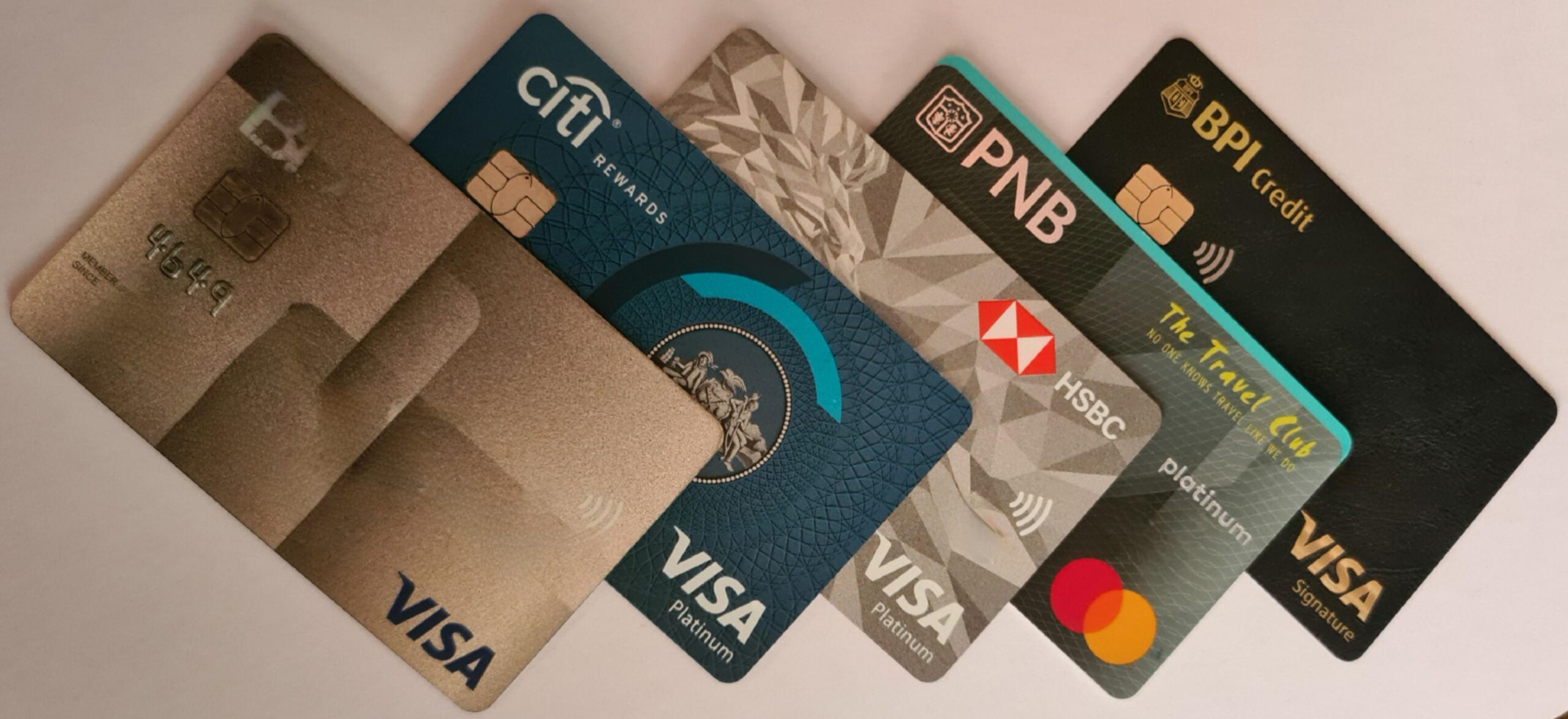In 2025, major banks across the globe have introduced several key changes to credit card policies, aiming to enhance consumer protection, improve financial stability, and address the evolving digital payment landscape. These changes impact credit limits, interest rates, rewards programs, fraud protection, and more. Consumers must stay informed about these new regulations to maximize benefits and avoid potential pitfalls. This article explores the most significant credit card rule updates in 2025, their implications for consumers, and how to adapt to the new financial landscape.
1. Stricter Credit Limit Regulations
One of the most notable changes in 2025 is the tightening of credit limit policies by major banks. To mitigate financial risks and curb excessive borrowing, banks are implementing stricter criteria for credit limit approvals.
Key Changes:
- Income-Based Credit Limits: Banks now require more detailed income verification before approving high credit limits.
- Automatic Reductions for High-Risk Borrowers: Consumers with inconsistent repayment histories may see automatic reductions in their available credit.
- Personalized Credit Limits: Credit limits are now adjusted dynamically based on spending behavior and credit score trends rather than being fixed.
Impact on Consumers:
While these measures aim to promote responsible borrowing, they may pose challenges for individuals who rely on flexible credit limits for emergencies. Consumers should focus on maintaining a strong credit history to qualify for higher limits.
2. Revised Interest Rate Structures
Interest rates on credit cards have been restructured to align with new federal regulations and economic conditions.
Key Changes:
- Variable Interest Rate Caps: New rules limit how much interest rates can fluctuate within a specific period.
- Risk-Based Pricing Adjustments: Banks are now required to provide clearer explanations for interest rate increases due to late payments or low credit scores.
- Grace Period Extensions: Some banks have extended interest-free grace periods, allowing consumers more time to pay off balances without incurring interest.
Impact on Consumers:
These updates provide greater transparency, but consumers should still monitor interest rate policies carefully to avoid unexpected increases in their borrowing costs.
3. Enhanced Fraud Protection Measures
As digital transactions continue to rise, banks have introduced enhanced security measures to combat credit card fraud.
Key Changes:
- Biometric Authentication: Many banks now require fingerprint or facial recognition verification for large transactions.
- AI-Based Fraud Detection: Advanced artificial intelligence systems monitor spending patterns to detect and prevent fraudulent activities more effectively.
- Temporary Card Freezes: Consumers can temporarily freeze and unfreeze their cards via mobile banking apps if suspicious activity is detected.
Impact on Consumers:
While these security measures provide greater protection, they also necessitate adaptation to new authentication processes. Consumers should ensure they update their banking apps and enable security features to safeguard their accounts.
4. Modifications in Rewards and Cashback Programs
Credit card rewards programs have undergone major revisions to promote more responsible spending and financial inclusivity.
Key Changes:
- Reduced Rewards for Cash Advances: Cash advances now earn fewer or no rewards to discourage reliance on short-term borrowing.
- Higher Cashback on Essential Purchases: Banks now offer higher cashback rates on groceries, healthcare, and utilities while reducing perks for luxury spending.
- Expiration Policies: Some banks have introduced expiration policies for unused rewards points, requiring consumers to redeem them within a specified period.
Impact on Consumers:
These modifications incentivize spending on essential items while discouraging debt accumulation. Consumers should review their credit card terms to maximize their rewards benefits effectively.
5. Adjustments in Late Payment Fees and Penalties
To encourage timely payments, banks have revised their fee structures related to late payments.
Key Changes:
- Tiered Late Fee Systems: Late fees now vary based on the outstanding balance, reducing penalties for small balances.
- Longer Payment Grace Periods: Some banks provide an additional grace period before charging late fees.
- Interest Rate Rollbacks: If a consumer makes consistent on-time payments after being penalized with a higher interest rate, they may qualify for a rate reduction.
Impact on Consumers:
These policies offer more flexibility, but consumers should still prioritize on-time payments to avoid unnecessary fees and interest rate hikes.
6. New Guidelines for Balance Transfers
Balance transfer policies have been refined to provide greater clarity and benefits to consumers.
Key Changes:
- Lower Introductory APR Periods: Many banks have reduced the duration of 0% APR balance transfer promotions.
- Higher Transfer Fees: Transfer fees have increased to deter frequent balance shifting between cards.
- Limited Transfer Eligibility: Some promotional rates are now available only to consumers with excellent credit scores.
Impact on Consumers:
These changes make balance transfers less attractive for debt management. Consumers should evaluate whether the benefits outweigh the associated fees before opting for a transfer.
7. Expansion of Digital Payment Integration
With the rise of digital banking, credit cards are now more integrated with various payment platforms.
Key Changes:
- Cryptocurrency Rewards: Some banks have introduced rewards programs that allow consumers to earn cryptocurrency instead of traditional cashback.
- Buy Now, Pay Later (BNPL) Integration: Credit cards now offer built-in BNPL options with structured installment plans.
- Contactless Payment Enhancements: Improved security and expanded usage of contactless transactions at more retail locations.
Impact on Consumers:
These innovations provide greater payment flexibility and modernized rewards structures. However, consumers should be mindful of potential fees and risks associated with new payment methods.
8. Stricter Regulations on Credit Card Issuance to Young Consumers
In response to concerns about rising debt among young adults, banks have introduced stricter credit card issuance policies for individuals under 25.
Key Changes:
- Parental or Co-Signer Requirements: Applicants under 25 may need a co-signer or proof of stable income.
- Lower Initial Credit Limits: Young consumers receive lower credit limits with incremental increases based on repayment history.
- Mandatory Financial Education: Some banks require young applicants to complete a financial literacy course before obtaining a credit card.
Impact on Consumers:
While these policies promote financial responsibility, they may limit access to credit for young individuals. Young consumers should explore secured credit cards or other alternatives to build credit responsibly.
Conclusion
The updated credit card rules in 2025 reflect a shift toward greater consumer protection, financial stability, and digital innovation. While these changes present both opportunities and challenges, staying informed and adapting to new regulations will help consumers make better financial decisions. To navigate these updates effectively, consumers should:
- Regularly review credit card statements and policies.
- Use mobile banking tools to manage security features.
- Prioritize responsible spending and timely payments.
- Take advantage of new rewards and security benefits where applicable.
By understanding and leveraging these changes, credit card users can continue to manage their finances efficiently while maximizing the benefits offered by major banks.




